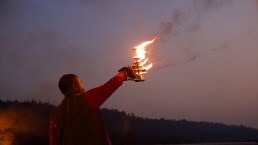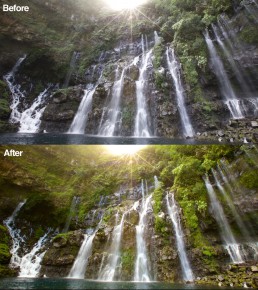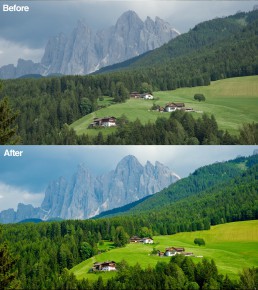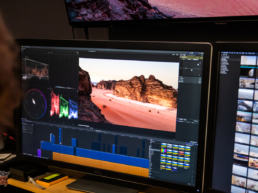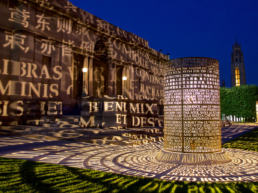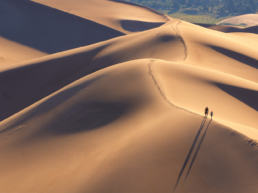There comes a time, after your long weeks away photographing exotic places, to sit down and begin post-processing your travel photos. While composition and timing are considered the cornerstone of good travel photography, there is no step more important than photo editing.
Photo editing encompasses everything from file sorting, colour grading, spot removal and photo outputting. It’s an extensive and often long process but if done right, your travel photos will look ten times better than before.
Here are some tips to help you improve your post-processing:
Keep Your Photos Neat and Tidy
Sorting and filtering your travel photos is a very important part of the process, keeping your folders and files organised and labelled correctly will be very beneficial when looking back at them at a later date.
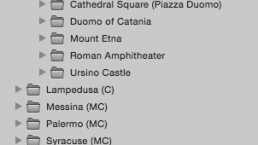
Pick Interesting Shots
Keep in mind that you’re trying to tell a story about the place when you’re shooting/producing, you want to provoke an emotional response and connect with the person viewing your images.
For example: a human element in frame (the following shot would have been dull without the human element).
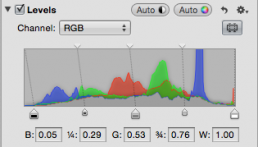
Levelling and Exposing
Good exposure and levelling is crucial when it comes to post production. You must be careful that you don’t blow out any highlights or blacks, this can look too harsh and moody to the eye, you want to keep your travel photos looking neat and clean with an easy rolloff of contrast.
Setting correct levels can have a great effect on the overall image.
Saturation and Vibrance
When shooting on your trip, you should be shooting a flat colour profile so you can capture as much information as possible in your photo.
Saturation and Vibrance are pivotal to remember when re-introducing colour into your photos. This being said, it is very easy to overdo and going over the top will distract from the subject and usually isn’t very aesthetically pleasing.
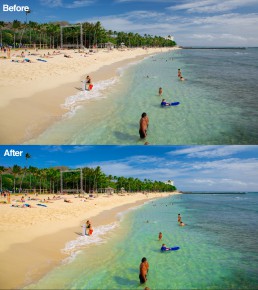
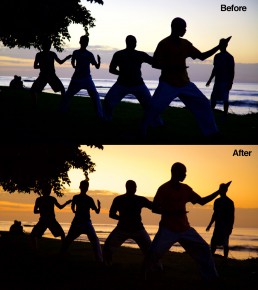
White Balance
White balance can change the ‘mood’ or ‘feel’ of the image drastically. A cooler white balance can denote a feeling of calm and tranquility while a warmer white balance can make the viewer feel a sense of energy and comfort. Keep this in mind when post producing your images and don’t be afraid to experiment a little bit!


